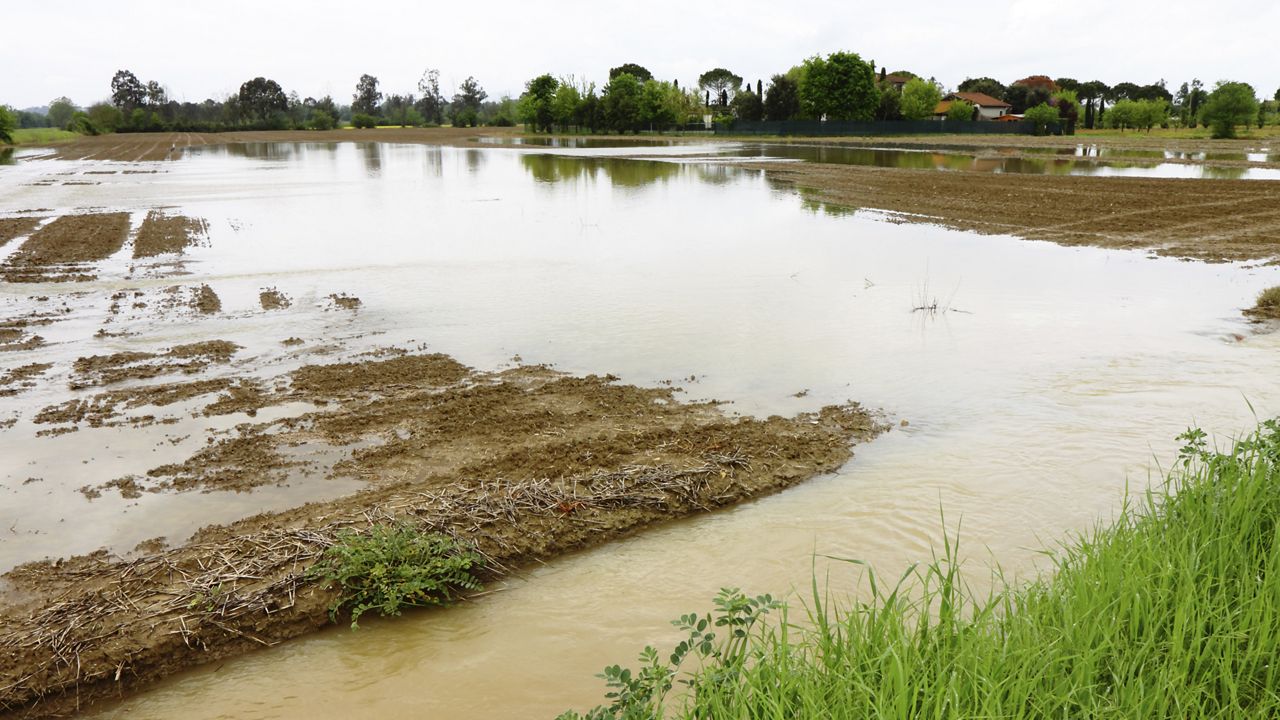Tropical cyclones need the fuel of warm ocean water to develop and thrive. That's why they usually fizzle out after landfall.
However, if conditions are right, a fairly recent study revealed that tropical cyclones can maintain or intensify while over land.
The Brown Ocean Effect is not a case of dirty ocean water, but it does involve dirt (i.e. soil). It’s a case where very warm and saturated soil can imitate the moist, warm ocean water environment.
This serves as fuel for either maintaining or intensifying a tropical cyclone once it’s over land which is atypical of most landfalling tropical systems.
NASA funded research on this phenomenon was conducted by Dr. Theresa Andersen and Dr. Marshall Sheperd from the University of Georgia in Athens in 2013.
They coined the phrase “Brown Ocean” and discovered that the following conditions were necessary for an effective Brown Ocean environment:
- The lower levels of the atmosphere should be very similar to the warm, tropical environment the tropical cyclone came from with little temperature variation.
- Abundant soil moisture is needed along or near the path of the inland tropical cyclone. This ample moisture evaporates and eventually condenses into water droplets. This phase change is known as condensation which releases a lot of heat into the atmosphere called “latent heat” which is power fuel for tropical systems.
- The latent heat has to be at a certain level (at least 70 watts per square meter)
The tropical cyclone that raised eyebrows and encouraged research regarding this phenomenon was Tropical Storm Erin in 2007. Unlike most landfalling systems, it strengthened when it was well inland across Oklahoma. It actually formed an eye.
Other storms influenced by the Brown Ocean Effect were Tropical Storm Bill in 2015 and Tropical Storm Alberto of 2018.
This rare phenomenon extends the life of landfalling tropical cyclones, and there are cases of this happening outside of the U.S including China and Australia.
To learn more about the Brown Ocean Effect, click here.



